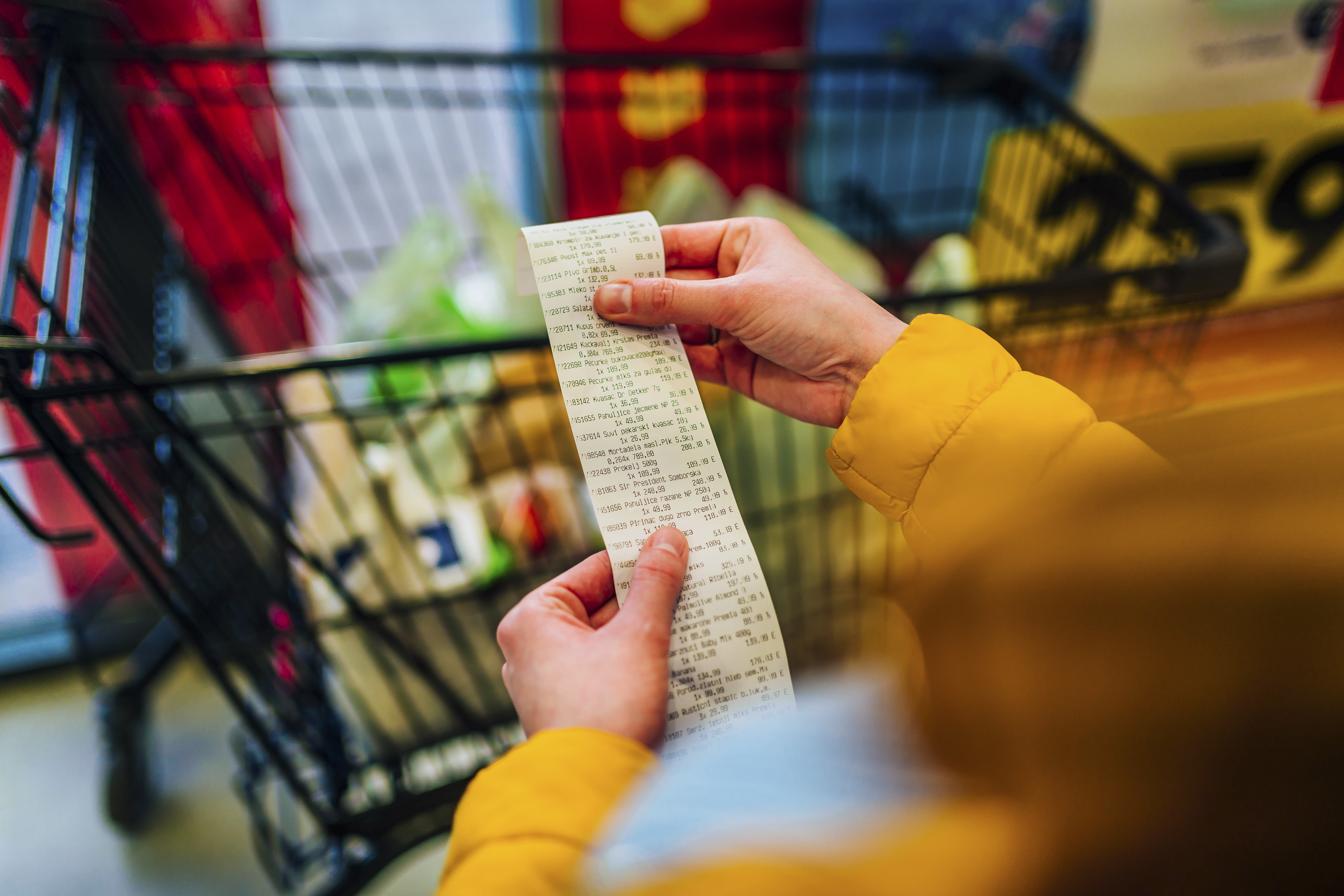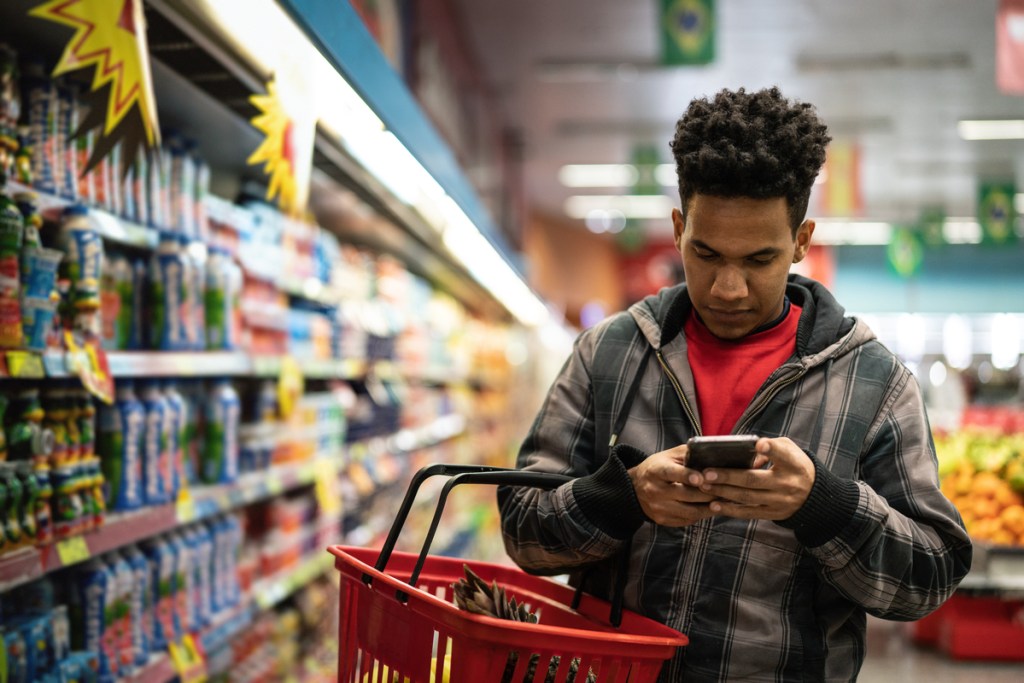
The Cautious Consumer: Balancing Optimism with Restraint
American households are more financially stable than a year ago, but they remain wary. In mid-2025, 42% of consumers said their financial situation had improved or stabilized, while only 17% reported ongoing financial insecurity, down 13 points year-over-year.
Despite this progress, the dominant mood is measured. Consumers are saving more, working harder to pay off debt, and looking for financial “insurance” through secondary income streams. They’re not spending freely; they’re spending smartly.
Top concerns remain consistent: food prices, economic downturns, and housing costs top the list, alongside growing unease about political volatility. Even among financially secure households, “uncertainty fatigue” persists.
In this environment, everyday expenses take precedence. Shoppers plan to spend more on groceries, healthcare, and utilities, while cutting back on out-of-home dining, entertainment, and apparel. The lesson for brands is clear: consumers are still buying, but they’re prioritizing essentials and value over indulgence and excess.
Intentional Spending Becomes the American Default

39%
of consumers say they are spending more on groceries today than a year ago.
Intentionality now defines how U.S. shoppers engage with brands. The typical consumer is more deliberate, more informed, and more willing to trade loyalty for savings.
The top money-saving strategies illustrate this mindset:
- 32% are switching to lower-priced brands.
- 31% are stocking up when their preferred brand is on promotion.
- 30% are buying private label alternatives.
- 28% are choosing whatever brand is on sale.
Shoppers are not simply tightening belts; they’re building strategies. They monitor basket costs, use loyalty points to offset spending, and visit multiple retailers to find the best price per ounce or item. Discount, club, and value channels continue to gain traction, as consumers chase utility and predictability over novelty.
This deliberate behavior signals a deeper redefinition of “value.” For many, it’s no longer about the cheapest option; it’s about trust, reliability, and purpose.

U.S. Consumer Outlook: Guide to 2026
With trust in long-term stability low, consumers are adapting to volatility as the new normal. They are looking to brands for emotional reassurance as much as they are for affordability.
Still, areas of opportunity and growth remain amid this emotional battleground.
The Trust Equation: Quality, Clarity, and Confidence
Nearly two-thirds (62%) of U.S. consumers say that trusting the brand they buy is “very important,” and 97% say trust is at least somewhat important.

That trust is built not through slogans, but through consistency and clarity. When asked what most influences trust, U.S. shoppers pointed first to product quality and consistency, followed by responsive customer service, and transparent business practices. Ethical sourcing, sustainability, and local production matter, but reliability is the foundation.
This trust imperative gives brands a roadmap for relevance in 2026. In a market where nearly 35% of consumers say the past few years have taught them “less is more,” Americans are gravitating toward brands that reflect simplicity, stability, and purpose.
That shift doesn’t mean disengagement; it means discernment. Shoppers still explore, but they’re clear about what matters. 45% of consumers make shopping lists before heading to stores, 44% plan their spending in advance, and 37% compare prices between brands before deciding. The “impulse aisle” moment is giving way to the “informed aisle” moment.
The Omni Reality: Retail Media and Seamless Commerce
As in-store shopping regains strength, digital discovery continues to shape how Americans browse, compare, and buy. Consumers now move fluidly between search, social platforms, retail media networks (RMNs), and physical stores, blurring the lines between inspiration and purchase.
The rise of retail media is transforming how brands engage those shoppers. RMNs are expected to create $1.3 trillion in enterprise value by 2026, redefining the relationship between visibility, personalization, and performance.
Amazon and Walmart remain the twin engines of U.S. retail, capturing 17.5% and 16.4% of consumer value share, respectively. Amazon leads in convenience and assortment, while Walmart dominates in affordability and loyalty. Together, they set the tone for how value and discovery coexist.
Social commerce is growing, though the U.S. trails global adoption. Still, 43% of U.S. Gen Z consumers report buying directly through TikTok Shop, a sign of how younger shoppers are merging entertainment and shopping into one seamless journey.
The transformational power and potential of retail media networks


Unlock the Power of Generations
Get the ultimate three-pack of consumer insights — Gen X, Millennials, and Gen Z — in one exclusive bundle (for 40% off!) Discover what drives each generation and gain the edge to predict tomorrow’s trends today.
Emerging Forces: AI, Private Label, and the Value Revolution
Several disruptive forces are shaping what comes next.
Artificial intelligence is reshaping product discovery, with shoppers increasingly relying on generative search and recommendation tools to find new products. Yet skepticism remains. Americans value efficiency but remain cautious about AI-enabled shopping experiences, particularly around transparency and privacy.
Private label, meanwhile, continues to redefine competitive dynamics. Retailer brands are no longer seen as trade-down options but as first-choice alternatives—especially when quality and innovation are clear. U.S. retailers are positioning these lines as accessible, reliable, and trustworthy.
Even health and wellness trends are evolving. The rise of anti-obesity medications (AOMs) has begun to influence U.S. food and beverage patterns, leading to measurable reductions in calorie consumption and grocery spend— 6% overall and 9% among high-income households. The ripple effects of these shifts will extend across categories in 2026.
The Outlook for 2026: Purpose Over Panic
If the past few years have been about survival, 2026 will be about refinement. Caution is no longer a reaction; it’s a strategy.
American consumers are financially steadier but psychologically guarded. They are redefining value through a mix of selective indulgence, brand trust, and practical discipline. They expect transparency, reward consistency, and make decisions rooted in both economics and emotion.
For brands and retailers, the opportunity is clear.
Want to learn more about Global Consumers?



